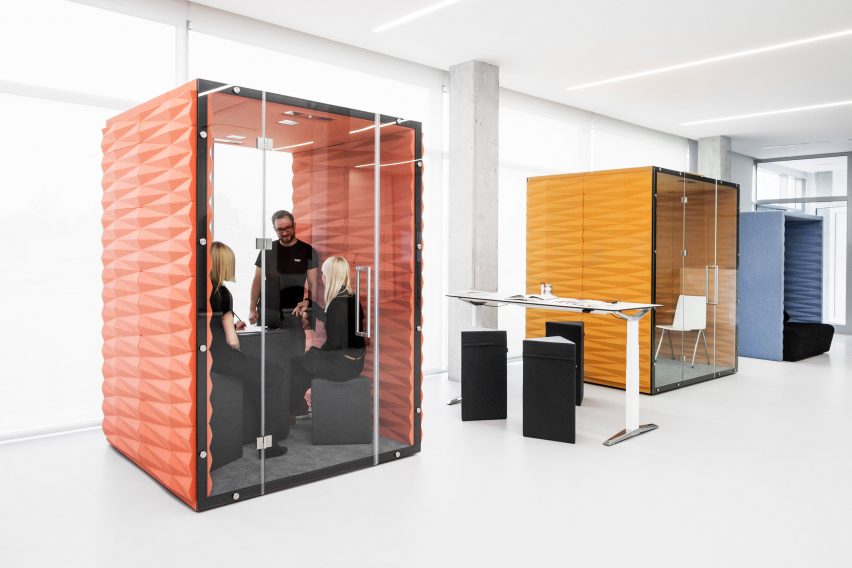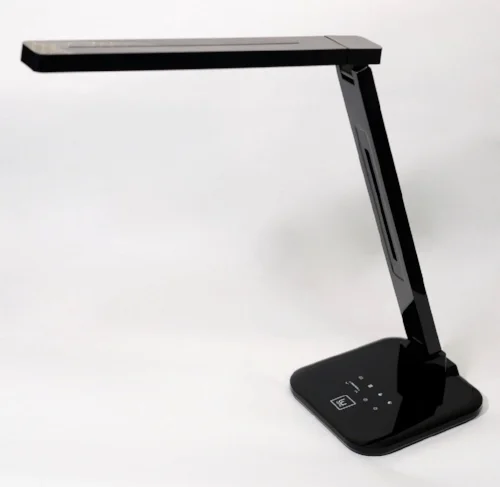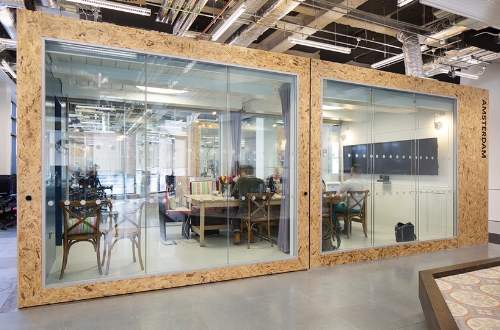How to prepare your workplace environment when returning Post COVID-19.
How is the COVID-19 Pandemic going to affect our workplace environments? What decisions and modifications can we, as a company, make to our office space before our employees and customers return?
Today's Systems is here to help. We can assist you in reviewing your current workplace environment and develop planning solutions for social distancing and the well-being of your employees and customers.
To go one step further, we have compiled solutions that can be implemented within your existing office environment. These solutions will help enforce social distancing without changing your entire office design.
Click to view Today's Systems' ways to prepare your office environment for social distancing.










































































































